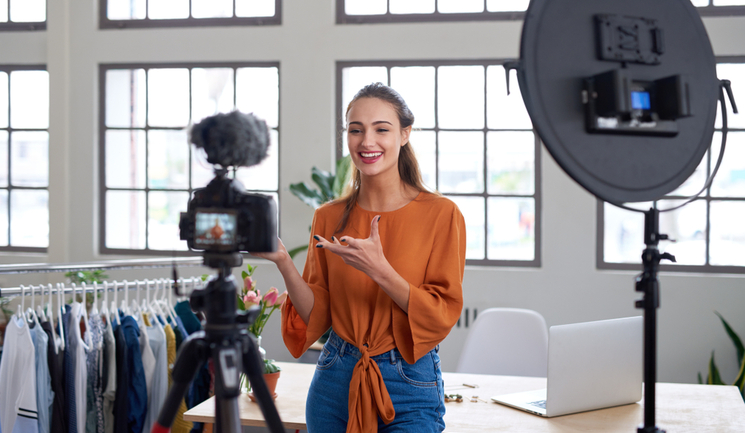Dr Mayoni Gooneratne provides her top tips to help practitioners work effectively with bloggers and social media influencers to grow your brand and business
To access this post, you must purchase Aesthetics Journal Membership – Annual Elite Membership, Aesthetics Journal Membership – Annual Enhanced Membership or Aesthetics Journal Membership – Basic Membership.






